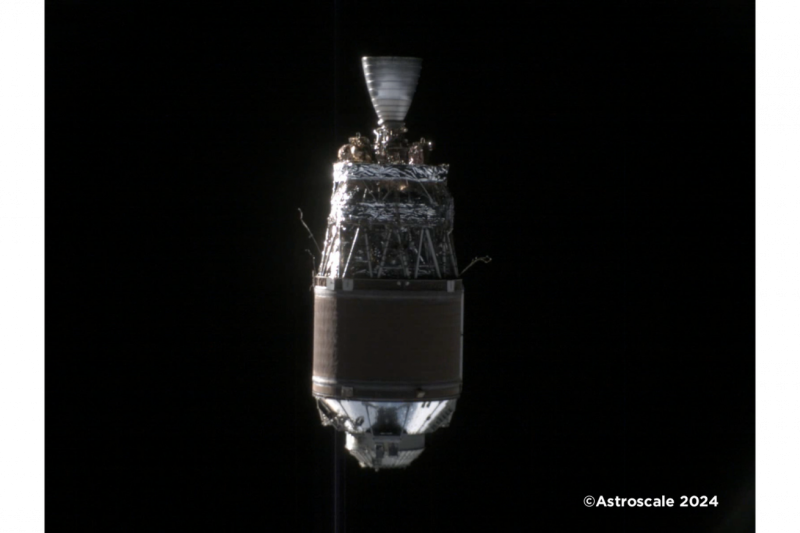In the vast expanse of outer space, countless pieces of debris, derelict satellites, spent rocket stages, and various remnants from previous missions orbit the Earth, collectively known as space junk. This accumulation of man-made objects poses a significant threat to operational spacecraft and astronauts in orbit. The growing concern over space debris has prompted more research and exploration into ways to monitor, track, and mitigate this potentially hazardous issue.
One innovative approach to better understand and address the challenges posed by space junk is by getting up close and personal with these objects. Space agencies and private organizations have been developing space missions dedicated to studying, capturing, and removing debris from Earth’s orbit. These missions not only provide valuable data for research but also serve as practical demonstrations of technology that could play a crucial role in cleaning up space.
One such mission that stands out is the European Space Agency’s ClearSpace-1 initiative, which aims to launch a spacecraft designed to rendezvous and capture a defunct satellite in orbit. This ambitious project represents a leap forward in the field of debris removal and could pave the way for future missions to tackle the growing problem of space junk. By physically interacting with debris, experts can gain invaluable insights into the structural, material, and orbital characteristics of these objects.
Moreover, getting up close and personal with space junk allows scientists to test new technologies for debris removal and mitigation. Researchers can explore cutting-edge concepts such as nets, harpoons, tethers, and robotic arms to capture and deorbit defunct satellites and other objects. These missions provide an invaluable opportunity to validate the effectiveness of these technologies in a real-world space environment, paving the way for more sustainable practices in managing space debris.
In addition to technological advancements, missions focused on space cleanup offer a unique perspective on the environmental impact of human activities in space. By studying the distribution and dynamics of debris in Earth’s orbit, researchers can better understand how our actions in space influence the long-term sustainability of this critical resource. This increased awareness can drive policy changes, regulations, and best practices to mitigate the generation of new debris and preserve the space environment for future generations.
Overall, the initiative to get up close and personal with space junk represents a critical step towards addressing the challenges posed by debris in Earth’s orbit. These missions not only provide valuable scientific data and technological innovations but also raise awareness about the importance of space environmental stewardship. By working together to clean up space and minimize the generation of new debris, we can ensure a safe and sustainable future for human activities in outer space.

